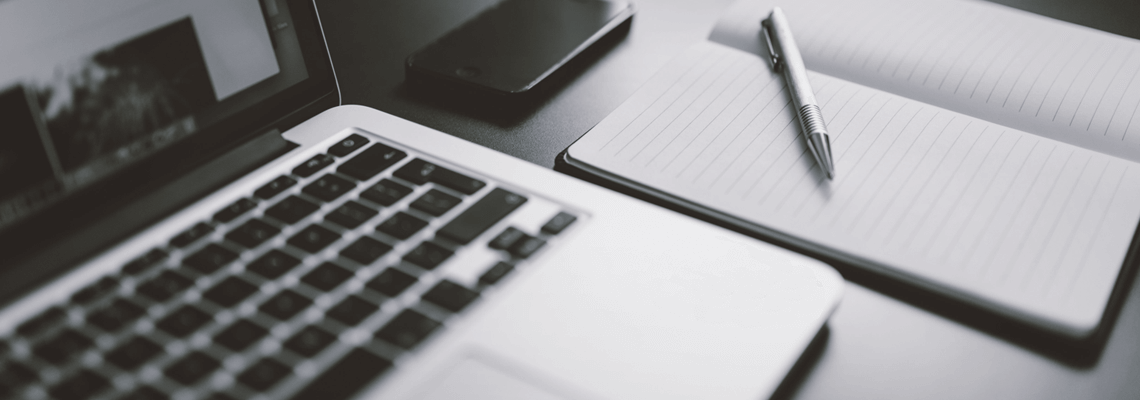
Ensure Classrooms Are Safe
As many students and teachers head back to school all over Kentucky it is important that everyone be aware of how classroom safety is vital.
Safety in the classroom is crucial. While every classroom is designed to be a place for learning, it may have any number of hazards that can make it dangerous. Classroom hazards vary greatly, depending on the class and the age of the students in the room. A chemistry lab, for example, has different hazards than an elementary-level language arts classroom. Whether there are bunsen burners or more simple hazards, the classroom should be a safe place for students and staff.
Types of Hazards
Hazards can be associated to different classroom elements from chemicals to worn-out equipment or furniture. The age, quality and type of classroom can be a starting point to check for hazardous conditions. In a chemistry classroom things like chemicals, Bunsen burners, glass beakers can be dangerous. In a seemingly less-hazardous classroom like a geography room, hazardous conditions can come out of a poorly-constructed or monitored classroom. For example, a book shelf filled with books is not a hazard within itself. If the bookshelf is not properly anchored to the wall when filled with heavy books, that is a potentially dangerous set-up. In the same way, a heavy wall-mounted object like a television would also require a secure mounting to help keep students safe from the potential hazard.
Minor Hazards
While Bunsen burners in chemistry classes are an obvious hazard that require instructions and monitoring, there also minor hazards in classrooms that may not be as noticeable. These less-obvious hazards can be as simple as a cord posing as a trip hazard or an unsteady stack of books on a high shelf. Another minor hazard can be created by having too many chairs and desks in a room. Students might bump into the chair and desk obstructions as they walk through the classroom, turning the furniture into hazards. Other minor hazards in an elementary classroom can include simple everyday tools like pencils and scissors.
Major Hazards
Science labs are full of materials that are safe if used correctly but do pose significant hazards in the event of an accident. Since many containers in science labs are made of glass, students might suffer from cuts if glass test tubes or beakers break. Classroom labs may also contain chemicals that can be extremely hazardous if mistakenly spilled on a student’s skin or ingested. The Bunsen burners in labs that heat chemicals and other substances can become major hazards if a student is burned by the flame or heated chemicals. In any classroom setting, choosing experiments and classroom materials carefully can help prevent major hazards.
Identifying Hazards
A school board-designated safety inspector joined by a school administrator or teacher, will often visit school classrooms to identify potential hazards during a safety audit. The trained inspector identifies a wide array of hazards and analyzes classrooms for obvious and hidden dangers. The inspector grades areas on action items that might include whether floors are slick, cabinets are anchored to walls and whether aisles or exits have obstructions. Once completed, the inspector provides safety suggestions in a report to the school. These suggestions may include items like installing eye wash stations in chemistry labs or keeping electrical cords and ladders out of the reach of students. The school is then responsible for ensuring the findings of the safety audit are addressed in a timely manner.
source: Classroom
